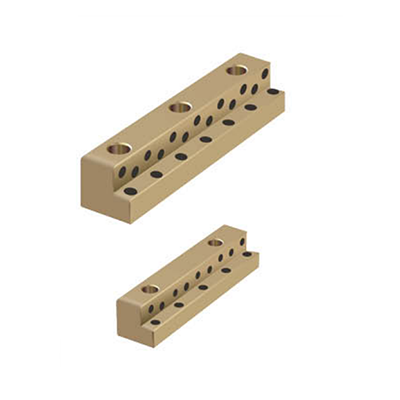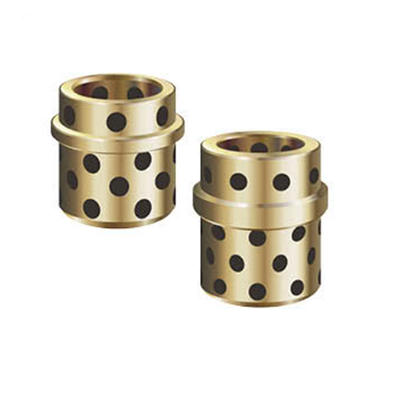As the global manufacturing industry transforms to intelligence and automation, efficient operation and low maintenance costs of equipment have become increasingly important. Traditional equipment relies on complex lubrication systems, which are frequently and costly to maintain, which is no longer adaptable to the tide of intelligent manufacturing. As a new type of material, Oilless Wear Plates not only reduces the use of traditional lubricants, but also significantly reduces the maintenance cost of equipment by virtue of its self-lubrication and high wear resistance, becoming an important force in promoting industrial intelligent upgrades.
In the context of economic globalization, the losses caused to enterprises by equipment failure and downtime cannot be ignored. According to data from the International Manufacturing Association, the annual cost of repairing and replacing lubricants in the world accounts for 30% of the total cost of manufacturing. In addition to consuming a lot of energy, traditional lubrication systems also require frequent maintenance, which is a huge expense for enterprises. Through its self-lubricating function, Oilless Wear Plates eliminates dependence on external lubricants, reduces the frequency of use and maintenance costs of lubricants, and effectively improves the overall efficiency of the equipment.
Modern industrial equipment usually needs to operate under high load, high temperature, and highly corrosive environments, which places extremely high demands on traditional materials. The surface material of Oilless Wear Plates has excellent wear resistance and corrosion resistance, and can maintain good working performance in harsh environments, greatly reducing the failure rate of equipment caused by wear or corrosion. In addition, the self-lubricating properties of this material not only reduce friction and energy consumption, but also extend the service life of equipment, helping companies reduce long-term operating costs.
At the social and environmental level, the application of Oilless Wear Plates has also brought positive impacts to industry. Reducing the use of lubricants and waste oil emissions helps reduce environmental pollution, while enabling companies to remain competitive in response to increasingly stringent environmental regulations. According to data from international environmental organizations, lubricant waste disposal in the manufacturing industry accounts for a large proportion of environmental pollution, and the application of Oilless Wear Plates effectively reduces this problem.
In the process of promoting industrial intelligence, Oilless Wear Plates not only improves the reliability and operating efficiency of equipment, but also helps companies reduce overall costs by reducing maintenance costs and energy consumption, and promotes the green development of equipment. With the continuous advancement of technology, this material will be used in more industries and become a key component for achieving intelligent manufacturing and sustainable development.

 English
English Español
Español



